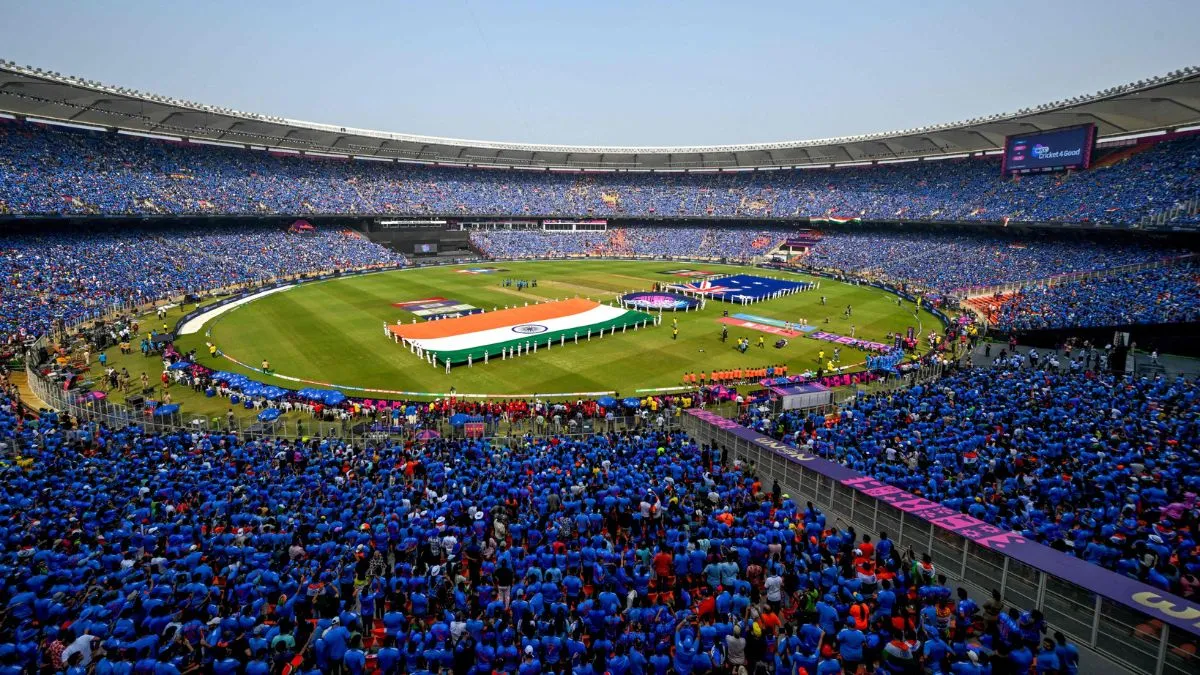How Is PR Influencing Our Love for Cricket and Its Legends?
In the dynamic world of cricket, where every boundary, wicket, and match moment is dissected by fans and media alike. Over the past decade, the game has undergone a remarkable transformation, with everyone having a voice and numerous platforms to express their opinions. There’s a force working tirelessly behind the scenes to shape narratives, build brands, and maintain reputations: Public Relations (PR).
From the electrifying excitement of T20 leagues to the traditional test matches steeped in history, cricket has evolved into a global phenomenon, captivating audiences worldwide. But amidst the roar of the crowd and the clang of bat against ball, it’s the strategic maneuvers of PR professionals that often determine how the game is perceived and celebrated.
Building Brands, Not Just Runs
Gone are the days when a cricketer’s reputation was solely built on their on-field heroics. Today, players are brands, and PR professionals are the architects crafting their public image. Social media-savvy PR teams cultivate a player’s online presence, highlighting their training routines, philanthropic endeavors, and even glimpses into their personal lives. This fosters a connection with fans, turning them into loyal supporters who not only cheer for their success on the field but also endorse the brands they represent.
Virat Kohli, for instance, is a masterclass in PR. His carefully calculated social media presence and brand endorsements have made him not just a cricketing icon, but a marketing powerhouse. His aggressive on-field persona is balanced with an off-field image that highlights his fitness regime, philanthropic efforts, and personal life, making him relatable to a broad audience. His PR team ensures that his visibility extends beyond cricket, positioning him as a global sports icon.
Shaping Team Culture: Building a Winning Narrative
Not just individual players, teams too benefit immensely from strategic PR. A well-crafted PR strategy can enhance a team’s public image, attract sponsorships, and foster a loyal fanbase. This involves promoting team values, engaging with fans through social media, and ensuring positive media coverage.
A big example of this is Royal Challengers Bengaluru (RCB). Despite not securing an IPL title for 17 years, RCB boasts a remarkably strong and loyal fanbase that consistently supports the team year after year. They have a dynamic PR strategy that highlights their star-studded team and vibrant fan culture. They engage audiences through compelling social media content and interactive fan events. Their approach emphasizes a mix of entertainment and team culture through their #Playbold campaign and team song.
Crisis Averted: Managing Off-Field Controversies
In the high-stakes world of cricket, controversies are inevitable. How these incidents are handled, whether it be a match-fixing scandal, on-field altercations, team conflicts, or personal issues, can make or break a player’s career. This is where PR’s crisis management capabilities come into play.
A notable example is the ball-tampering scandal of 2018 involving Australian cricketers Steve Smith, David Warner, and Cameron Bancroft. The incident tarnished the image of Australian cricket globally. The PR response involved public apologies, controlled media interactions, and a rehabilitation narrative emphasizing personal growth and redemption. Australian Cricket released a documentary series on Amazon Prime called “The Test” which followed the team on their journey of redemption. This strategic crisis management helped in gradually restoring their reputation and re-integrating them into professional cricket. Warner has since built a great image among the Indian audience through IPL and built a connection with the local fanbase of his former IPL team, Sunrisers Hyderabad (SRH).
Negative Impacts of PR in Cricket
While PR can significantly enhance the sport and its surrounding culture, it also has the potential to create negative narratives about certain players or teams. Competitors’ PR teams often exploit situations where players are out of form or struggling to elevate their own standing and undermine their competitors. When such situations arise within a team, it has the potential to disrupt the team’s environment and impact their performance. It also fuels social media fan wars and toxicity within fanbases.
A recent example of this would be Mumbai Indians in IPL 2024. Many reports and leaks revealed division within the MI camp, clearly impacting the performance of the champion team this year.
Social Media’s Impact on Player Well-being
This leads us to consider the pivotal role that social media now plays in the realm of cricket. Prior to the mid-2000s, fans lacked a platform to voice their opinions. One-way mediums like radio, TV broadcasts, and newspapers confined discussions, allowing fans to listen but not share their own perspectives. However, the emergence of social media platforms such as X (formerly Twitter), Instagram, Reddit, YouTube, and podcasting platforms changed this dynamic, giving fans a voice. Across these platforms, cricket enthusiasts engage in real-time discussions about matches, and constructing compelling narratives. The collective influence of fans on social media is undeniable. Dinesh Karthik, who represented RCB in the IPL, credited his selection for the ICC T20 World Cup 2022 to the support of the franchise’s fans.
The accessibility of social media and the freedom of expression comes with the unfortunate reality of incessant trolling and player abuse online. Online trolling and abusive language directed at players has become all too common, significantly impacting the mental well-being of athletes. The anonymity provided by the internet often encourages individuals to unleash harsh criticism and abuse toward players. This fosters a toxic environment that can overshadow their accomplishments and detrimentally affect their performances.
Balancing the Scales: Authenticity vs. Manufactured Image
The increasing influence of PR in cricket does raise valid concerns. Navigating the delicate balance between shaping a compelling image and creating an artificial persona requires careful consideration. An excessive reliance on PR tactics can result in players appearing mechanical and lacking in authenticity. Fans yearn for genuine connections with their idols and appreciate glimpses of their unfiltered selves. However, the enormous popularity of cricket, especially in India, means players face constant scrutiny from fans online, with each action subjected to meticulous examination.
The online abuse often prompts active players to distance themselves from social media, allowing their PR teams to manage their online presence. But this comes at the cost of authenticity. This heightened level of scrutiny has constrained players’ ability to express themselves authentically. A notable example is Virat Kohli, who previously shared candid content on his social media platforms but now predominantly posts sponsored content.
The Future of PR in Cricket: A Symbiotic Relationship
In essence, PR in modern-day cricket is about building enduring legacies, crafting compelling stories, and ensuring that cricket remains a beloved sport for generations to come. The intricate dance between the game and its public image continues to shape cricket’s present and future, making PR an indispensable element in the grand tapestry of the sport.
As the sport continues to grow, expanding beyond its existing audience, the role of PR will only grow in significance. The ever-increasing importance of personal branding, expansion of digital media, and need for effective crisis management ensure that PR will remain a critical aspect of modern-day cricket.
As cricket expands its global footprint, PR efforts will be instrumental in navigating cultural nuances and building a global appeal for the sport. Hosting the ICC Men’s T20 World Cup 2024 in the USA and Caribbean Islands expands and promotes world cricket.


